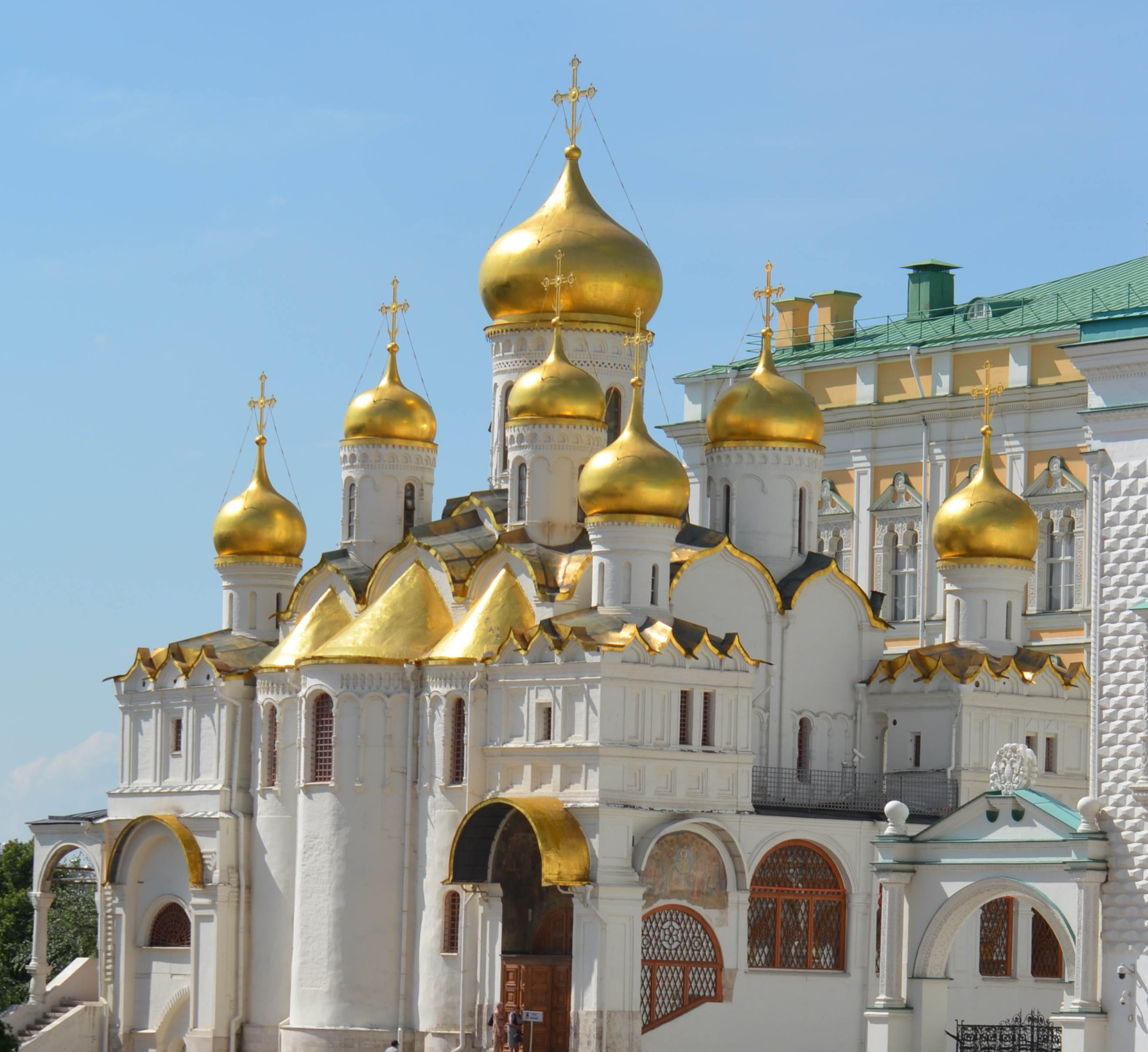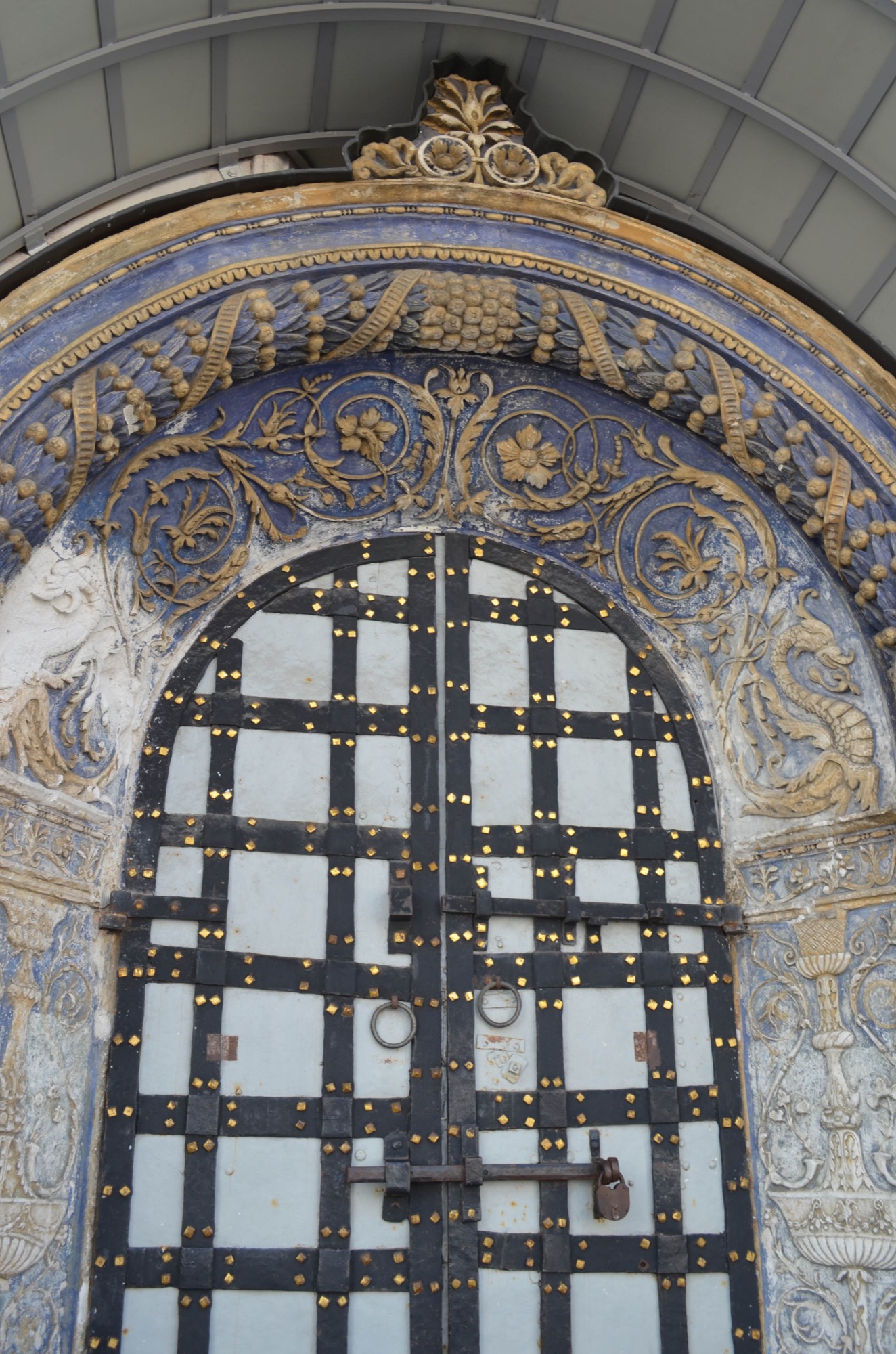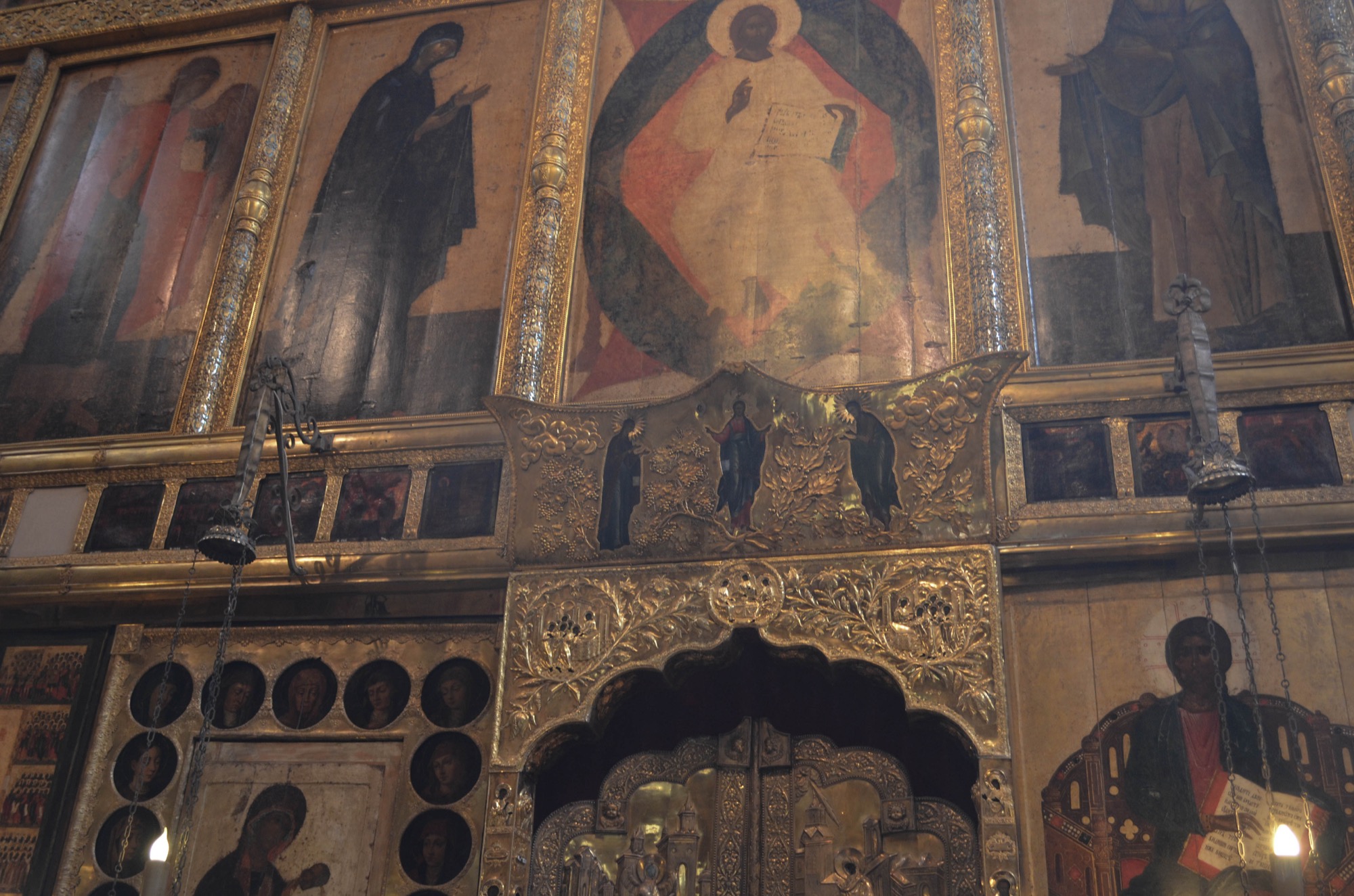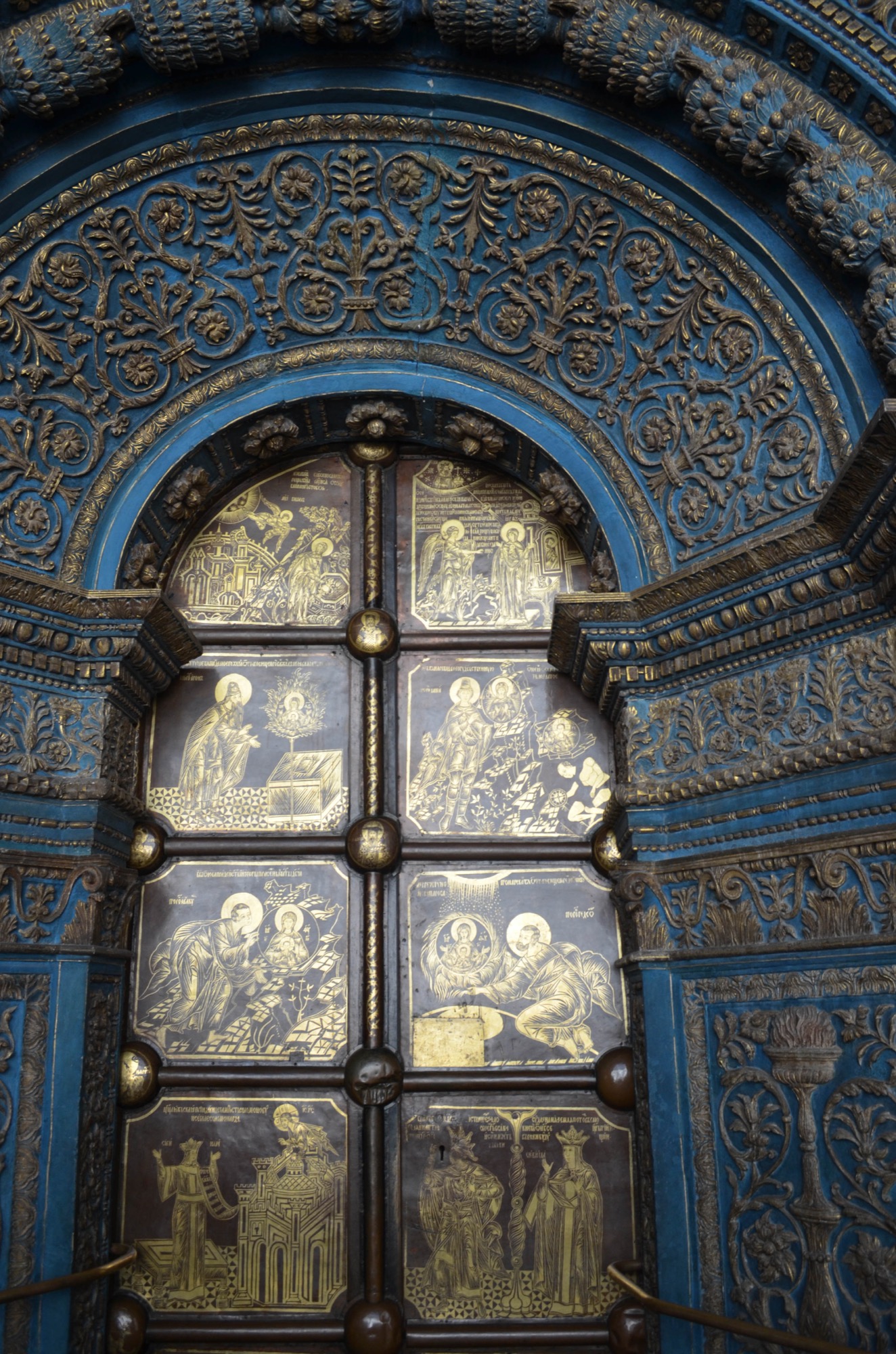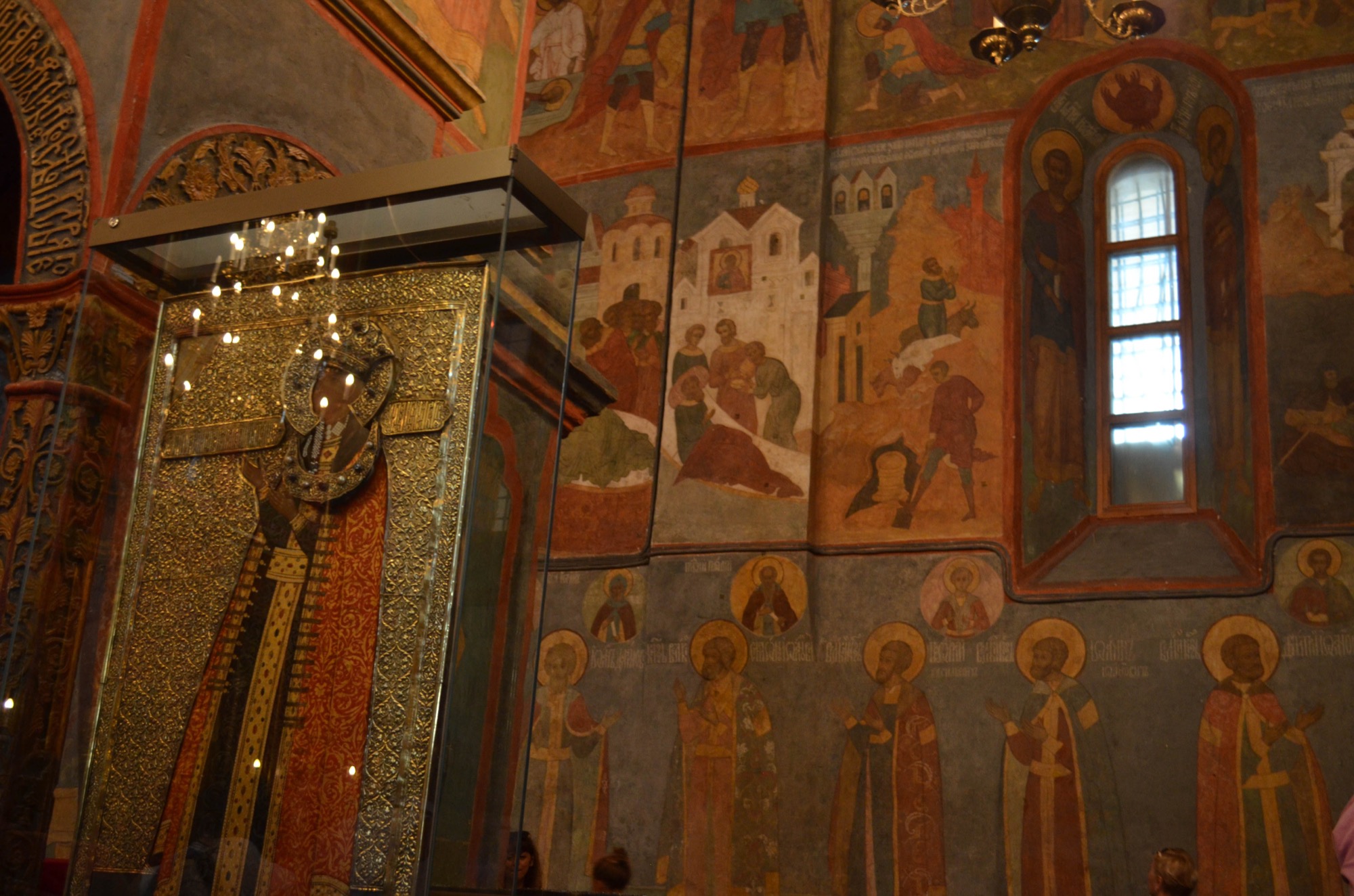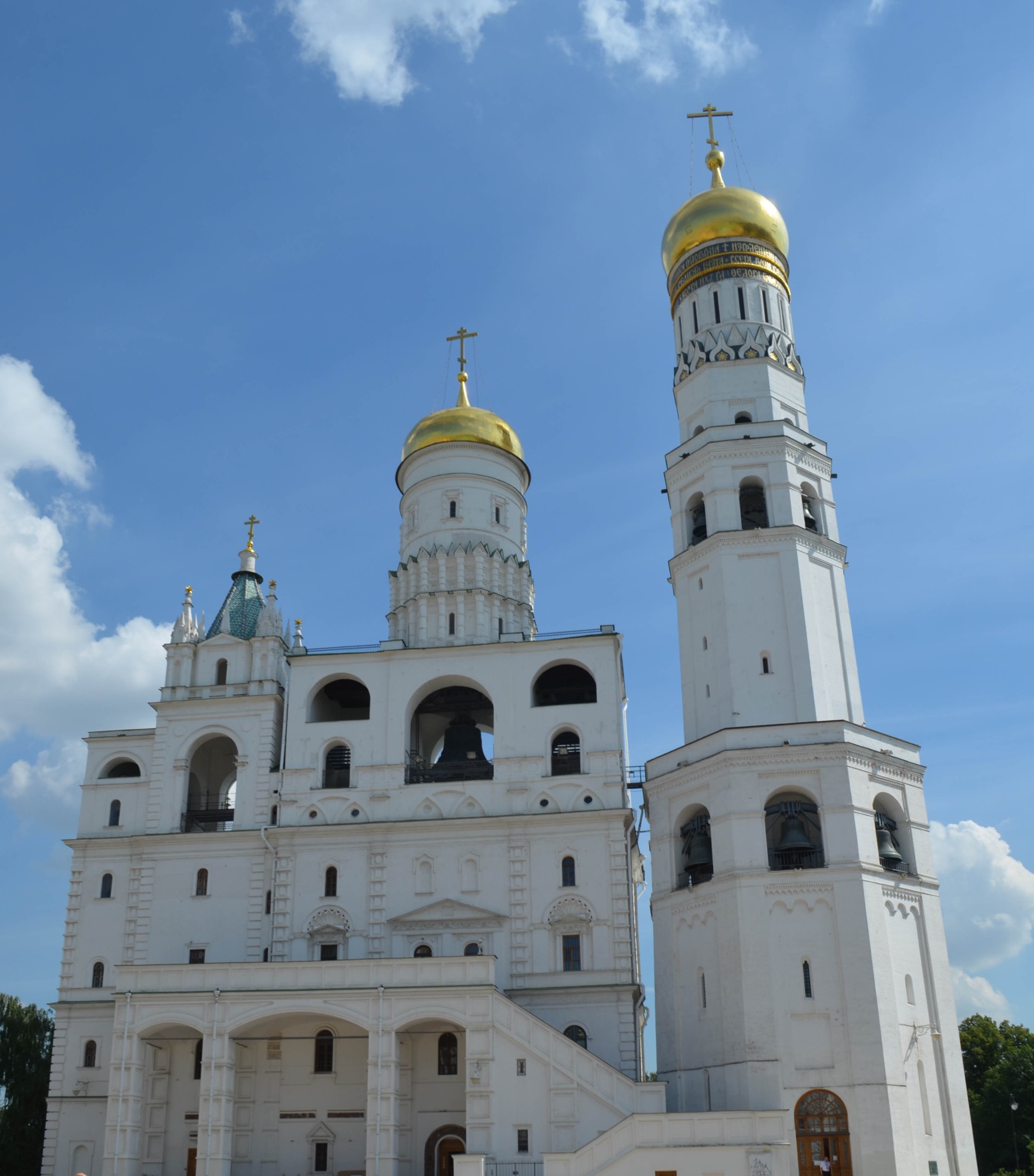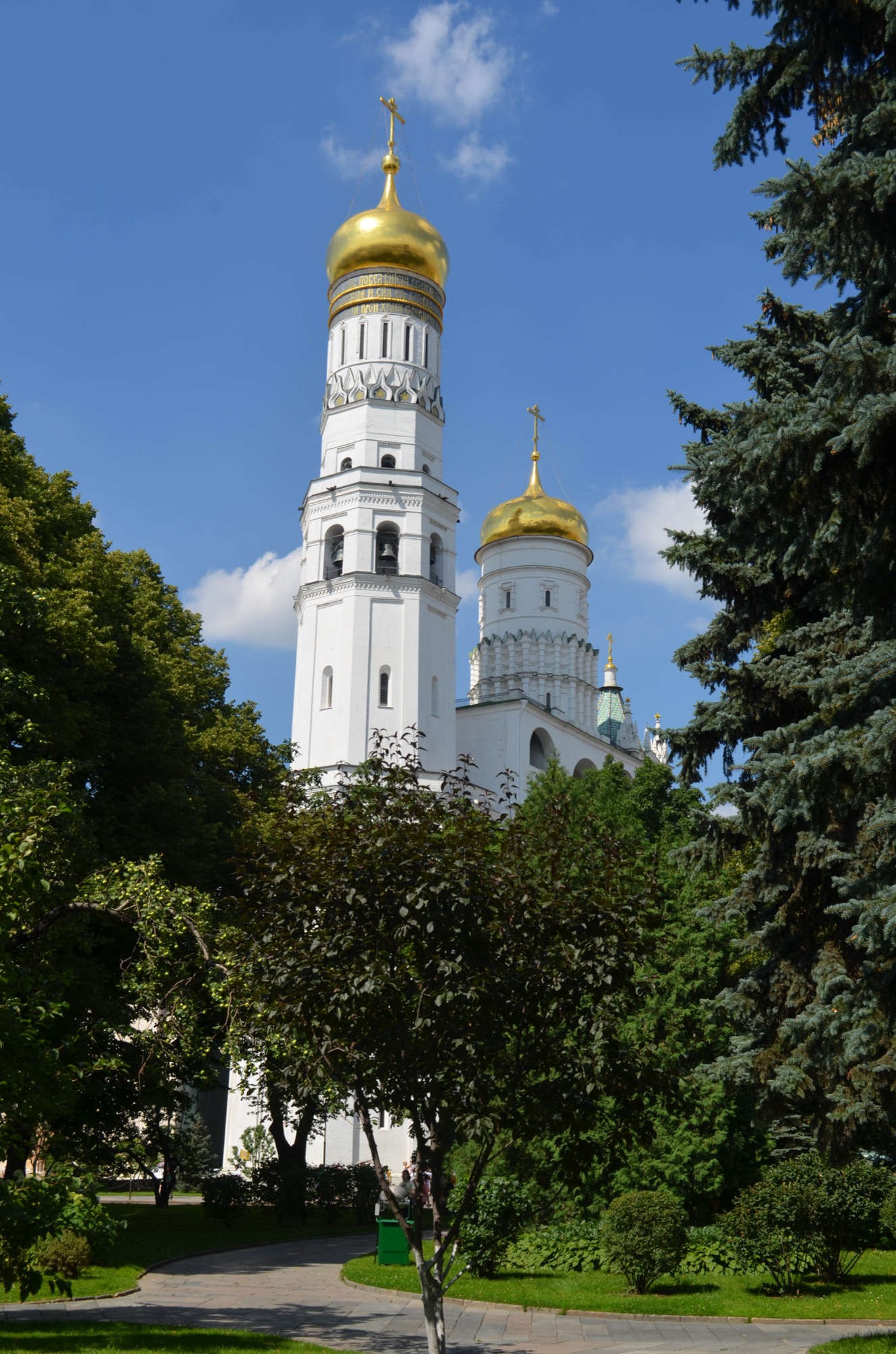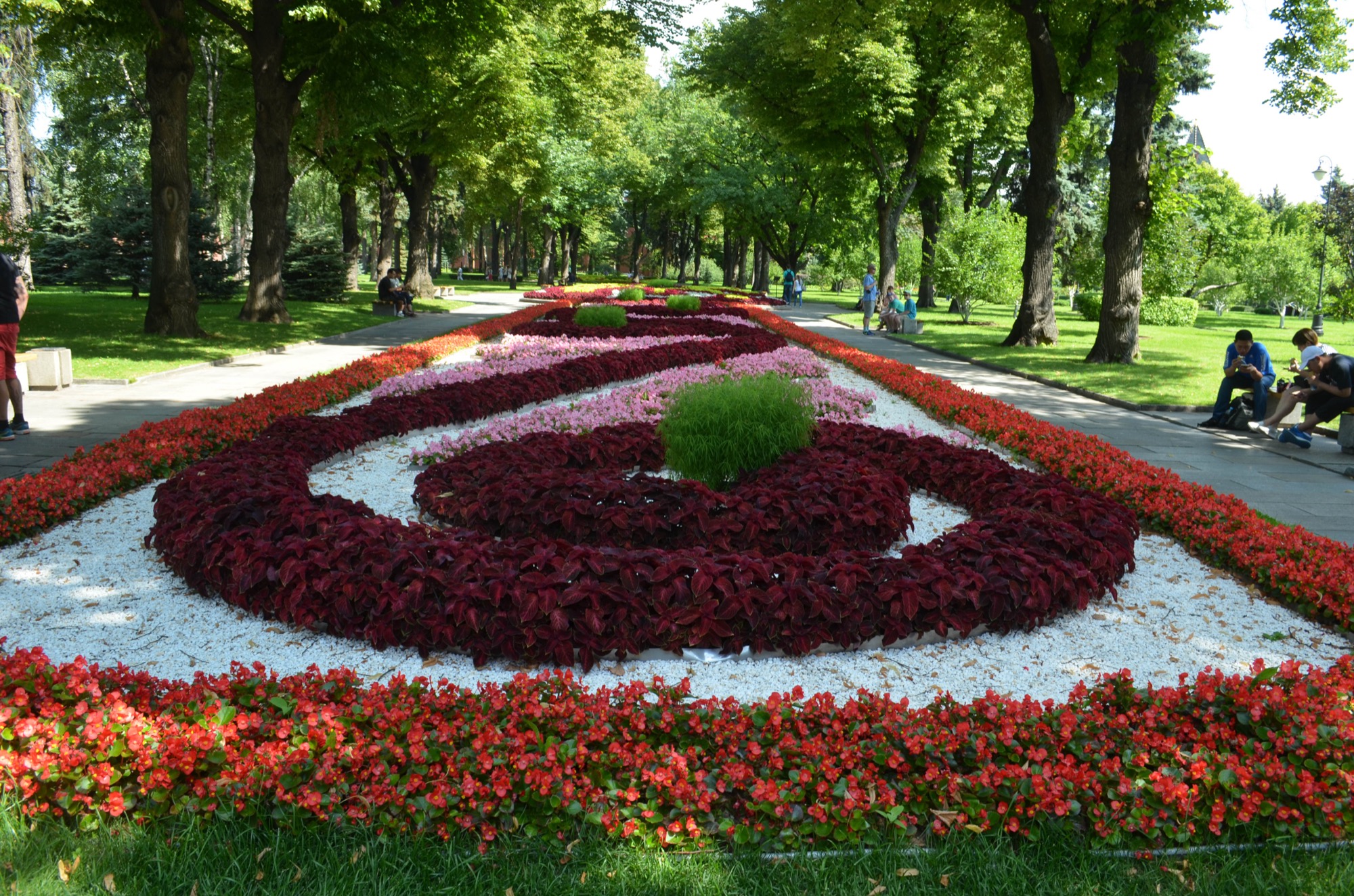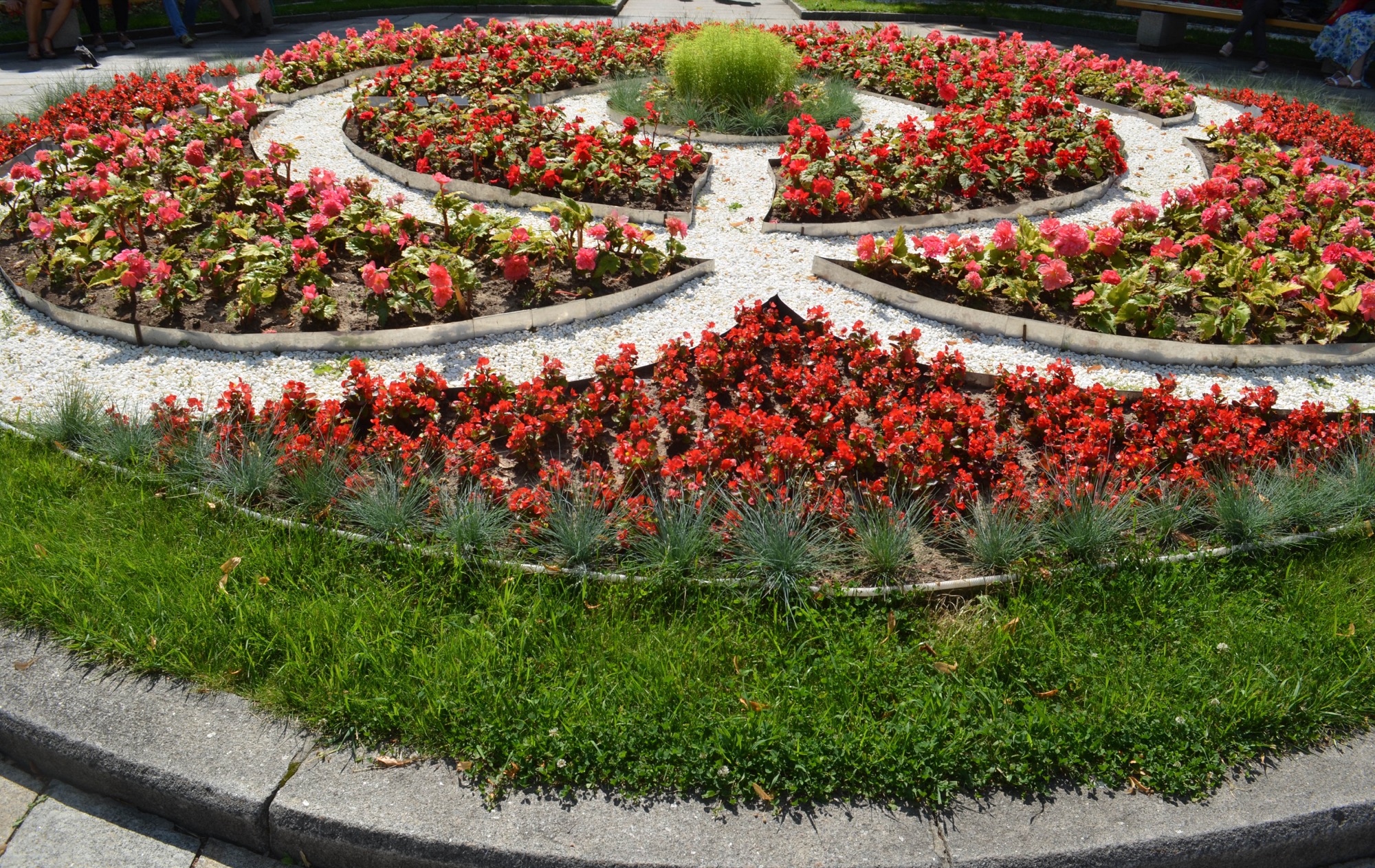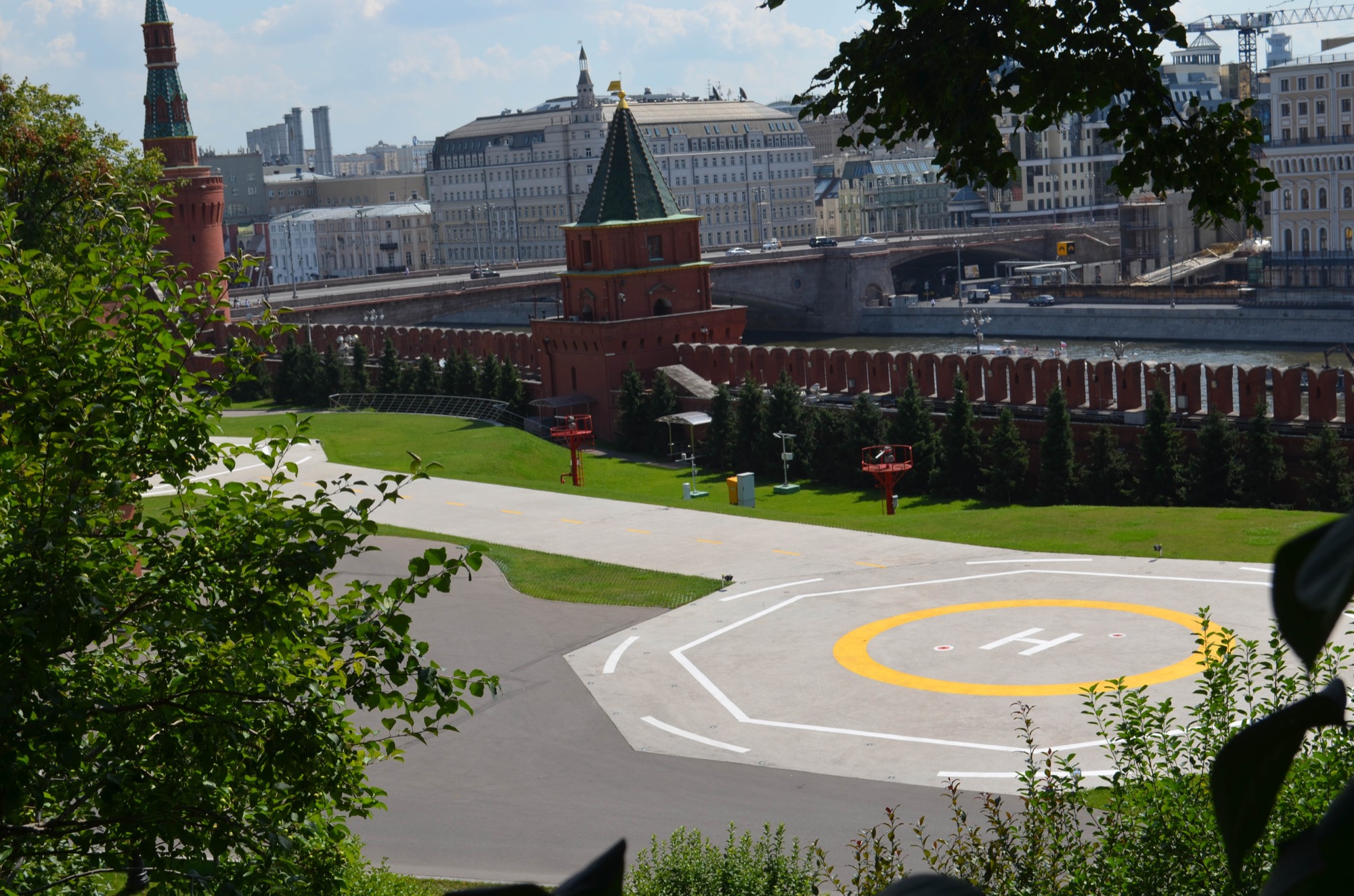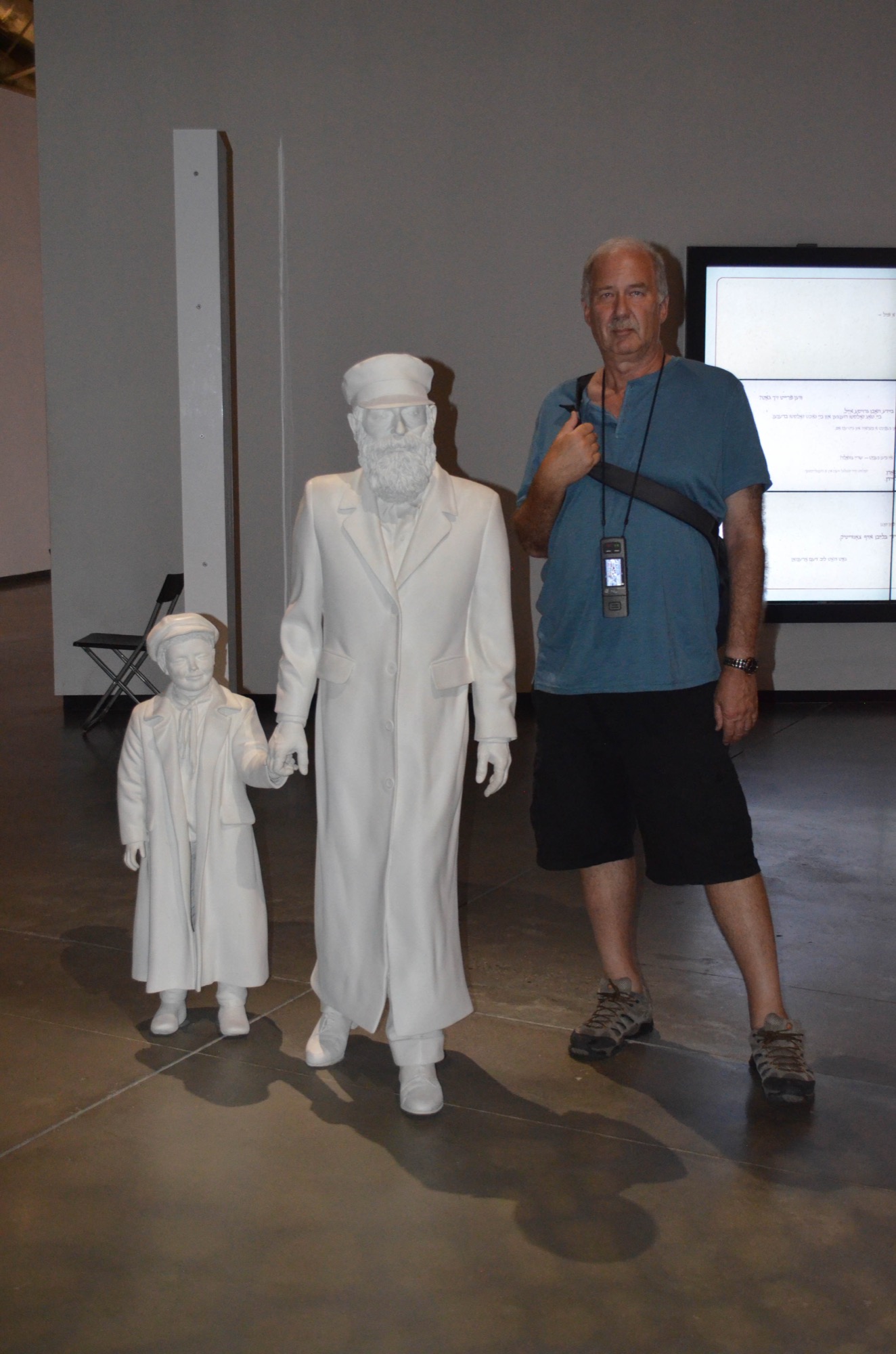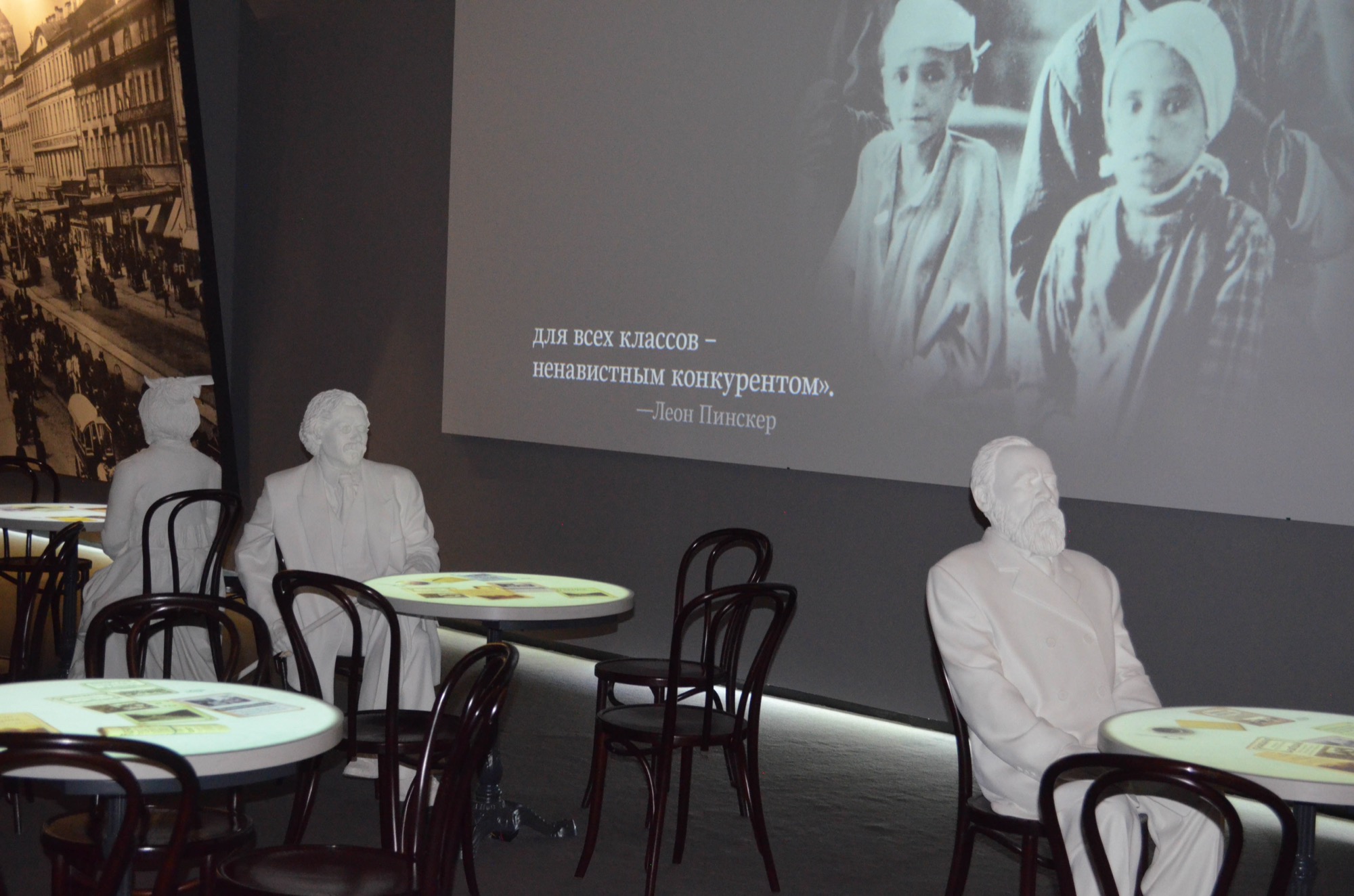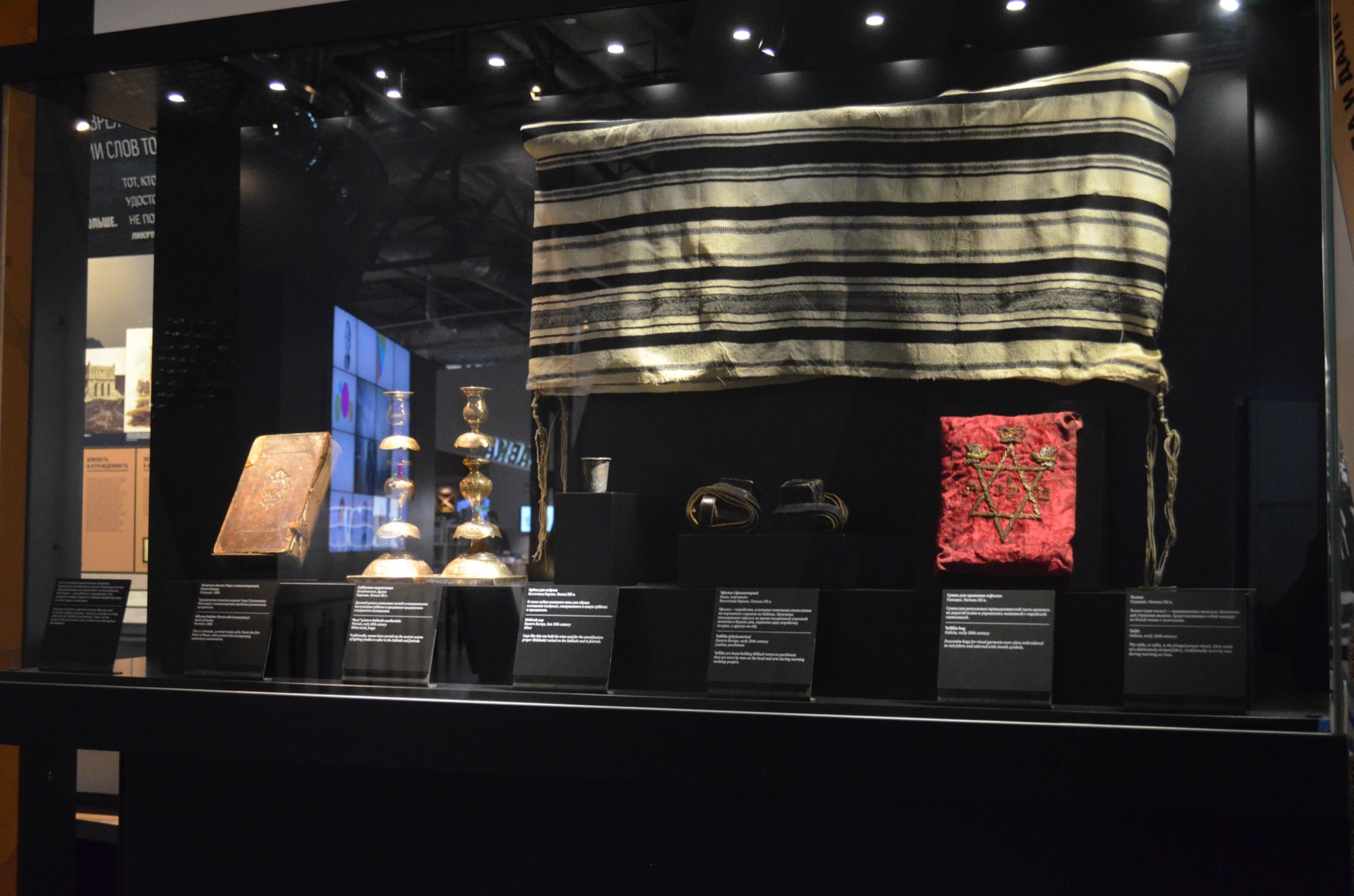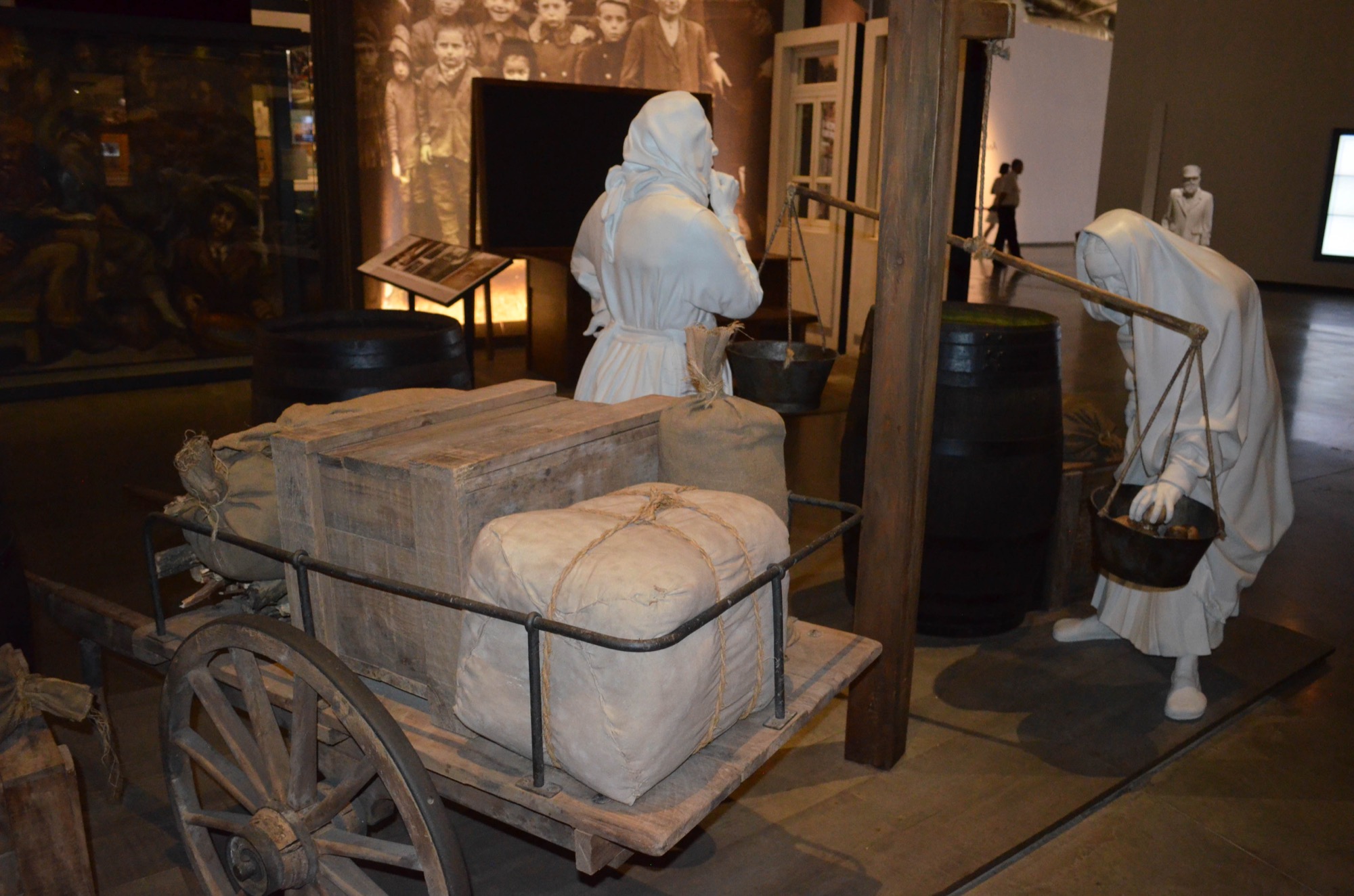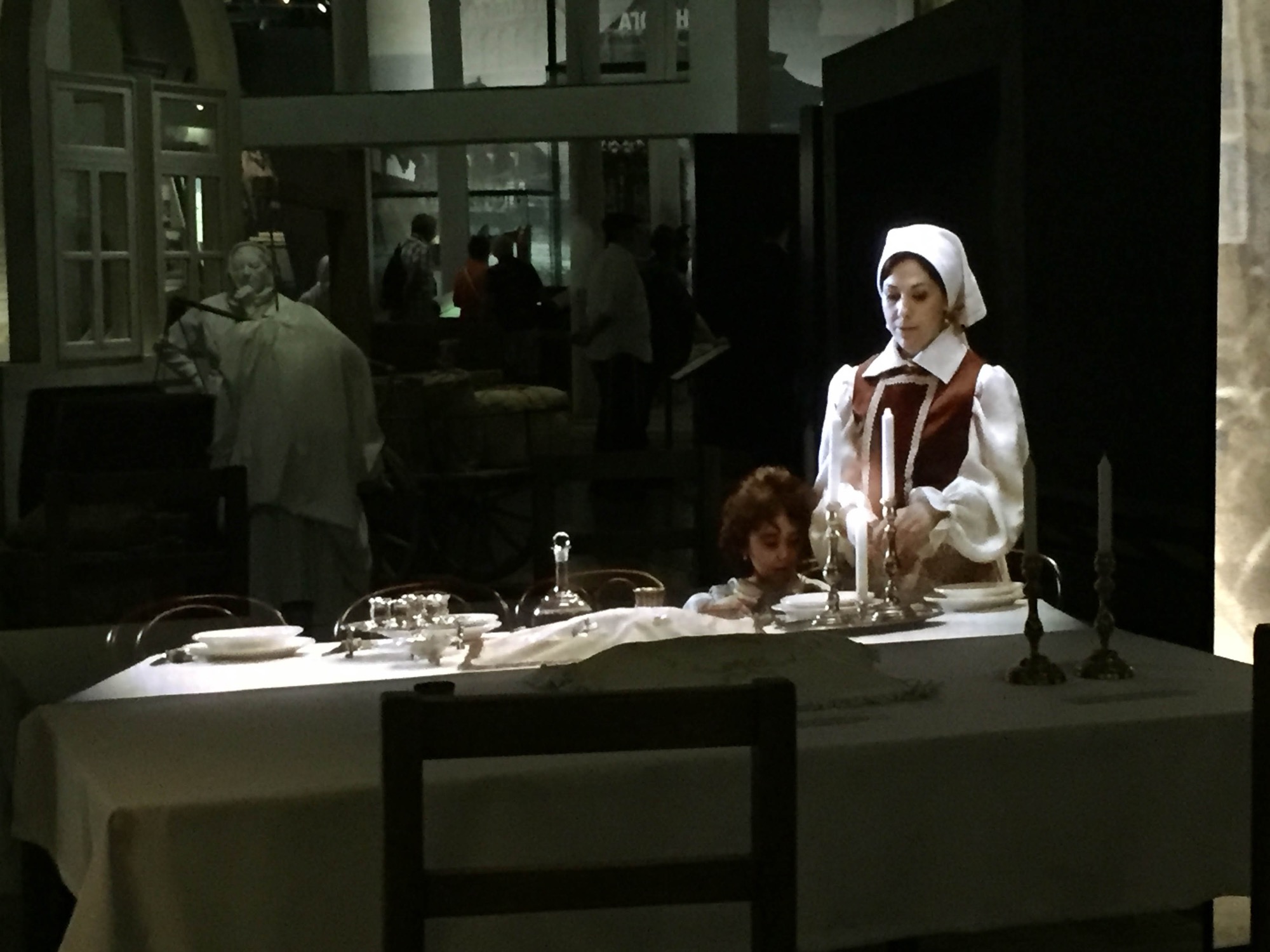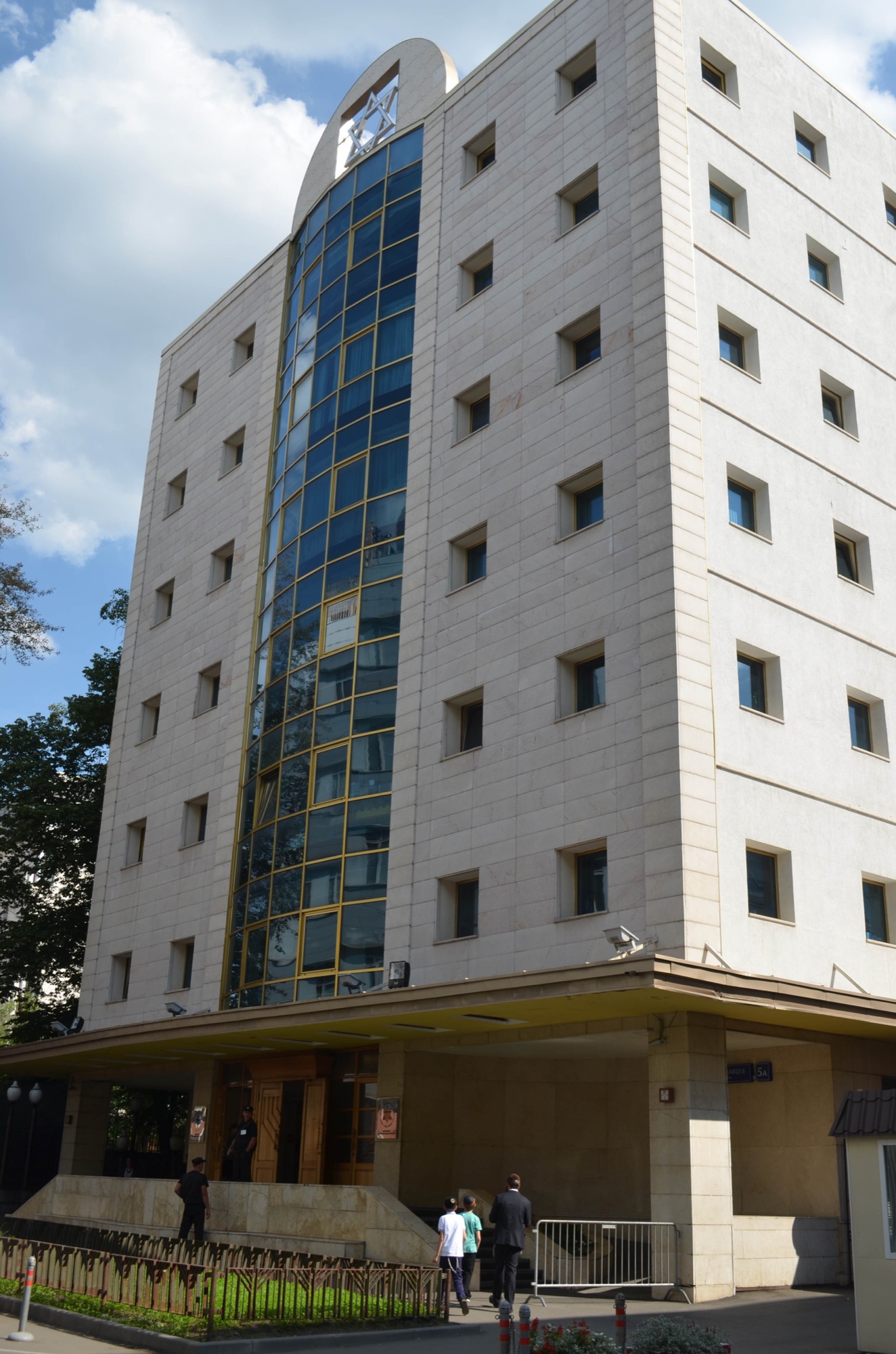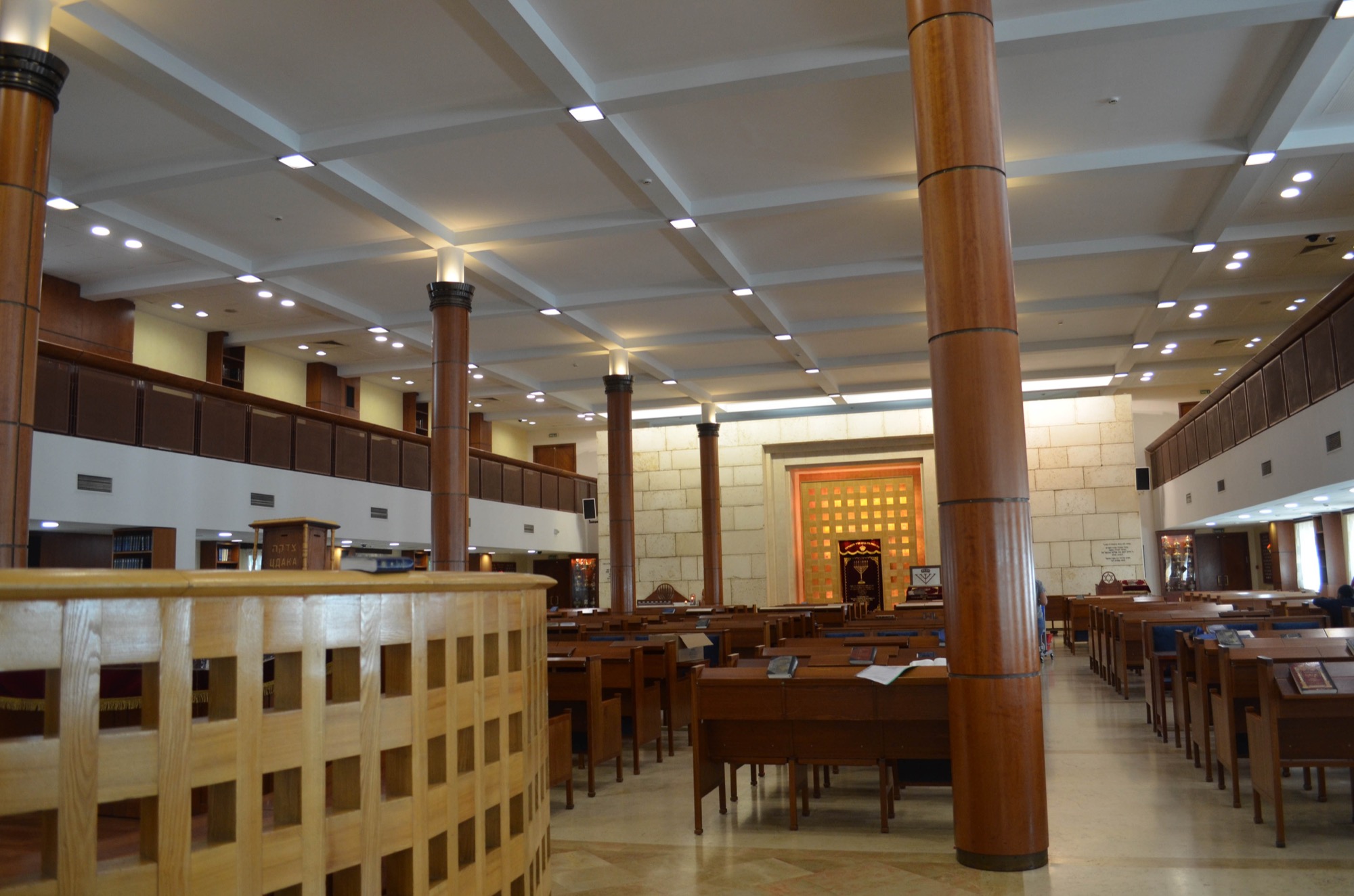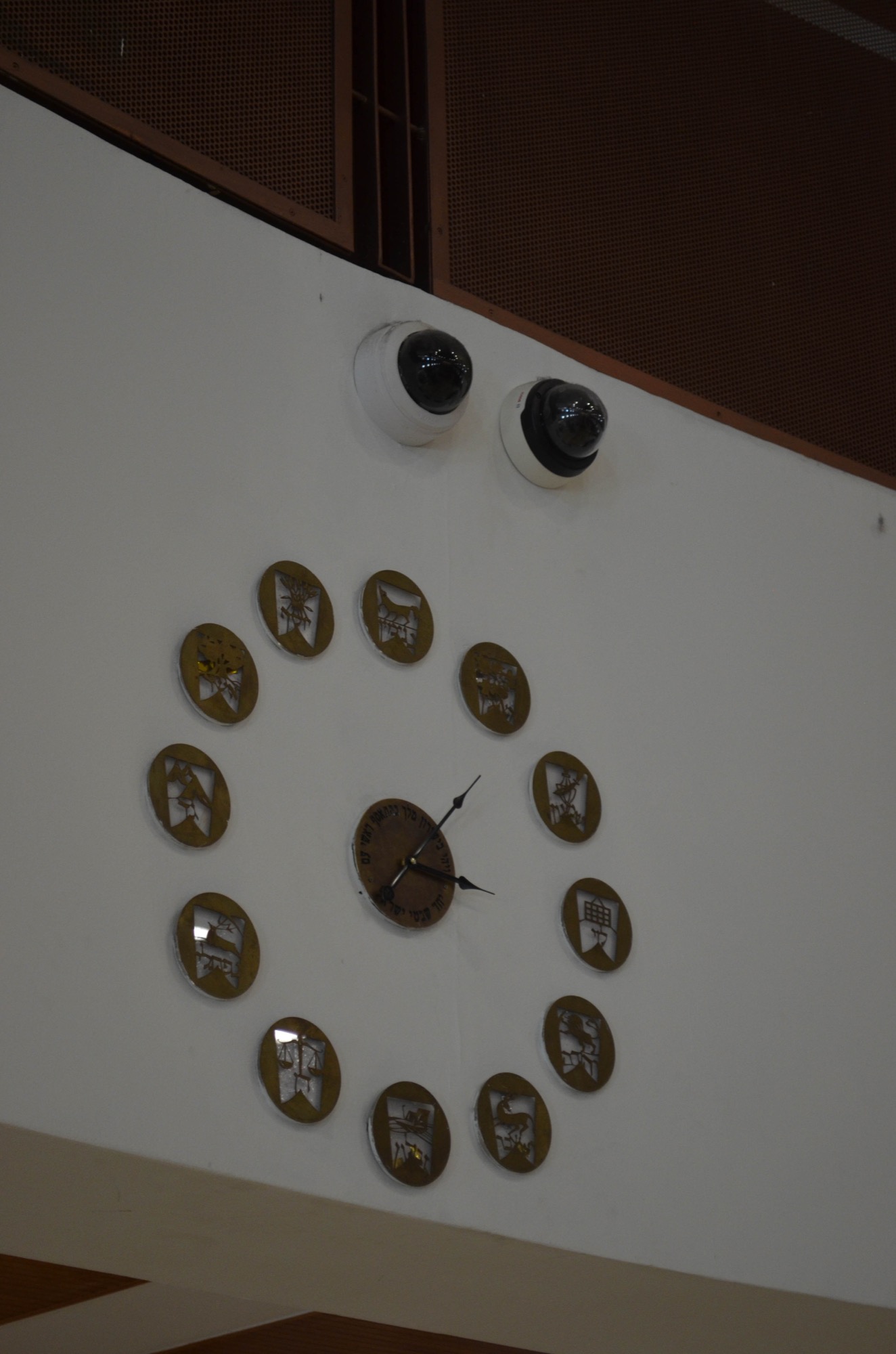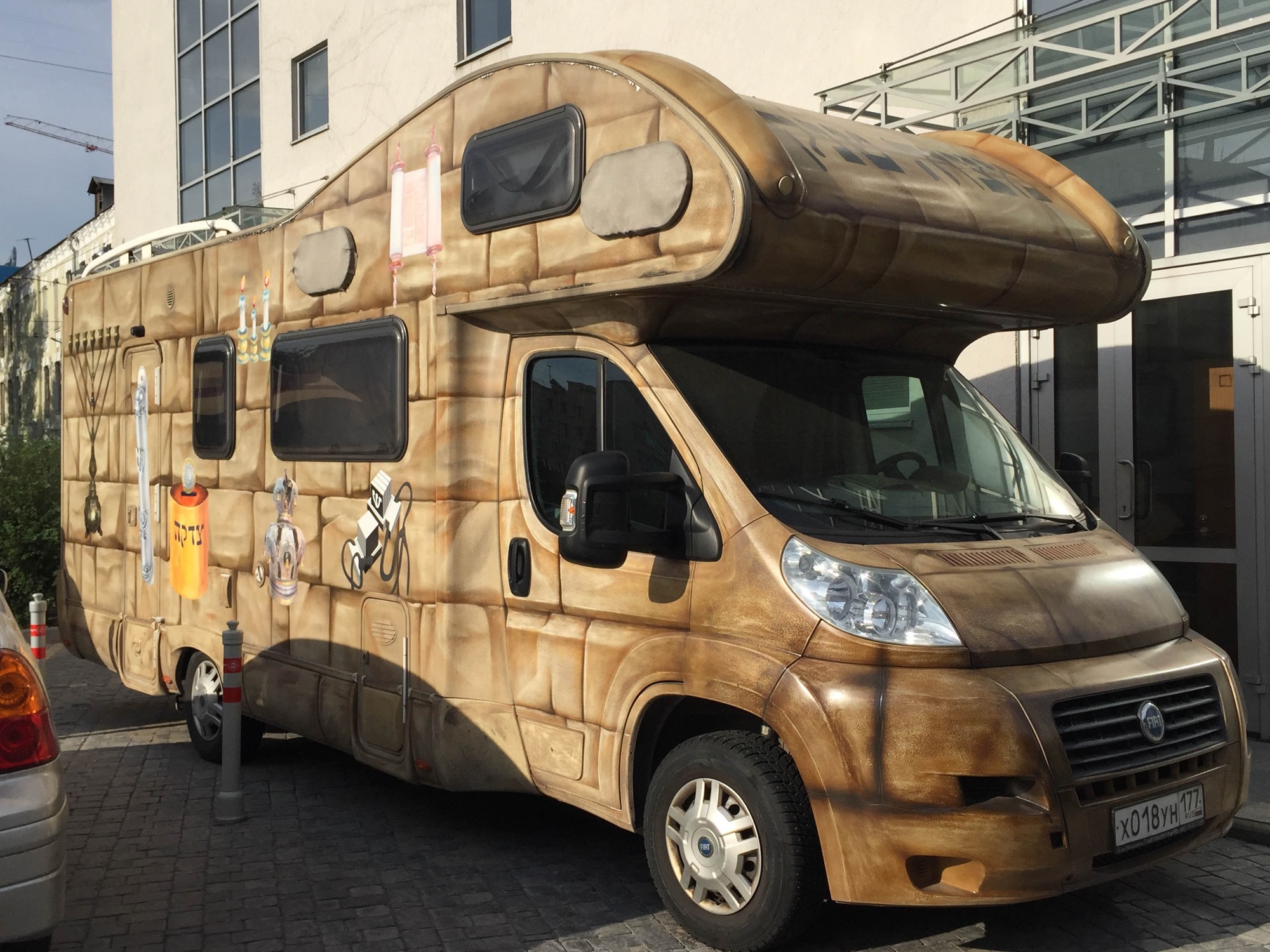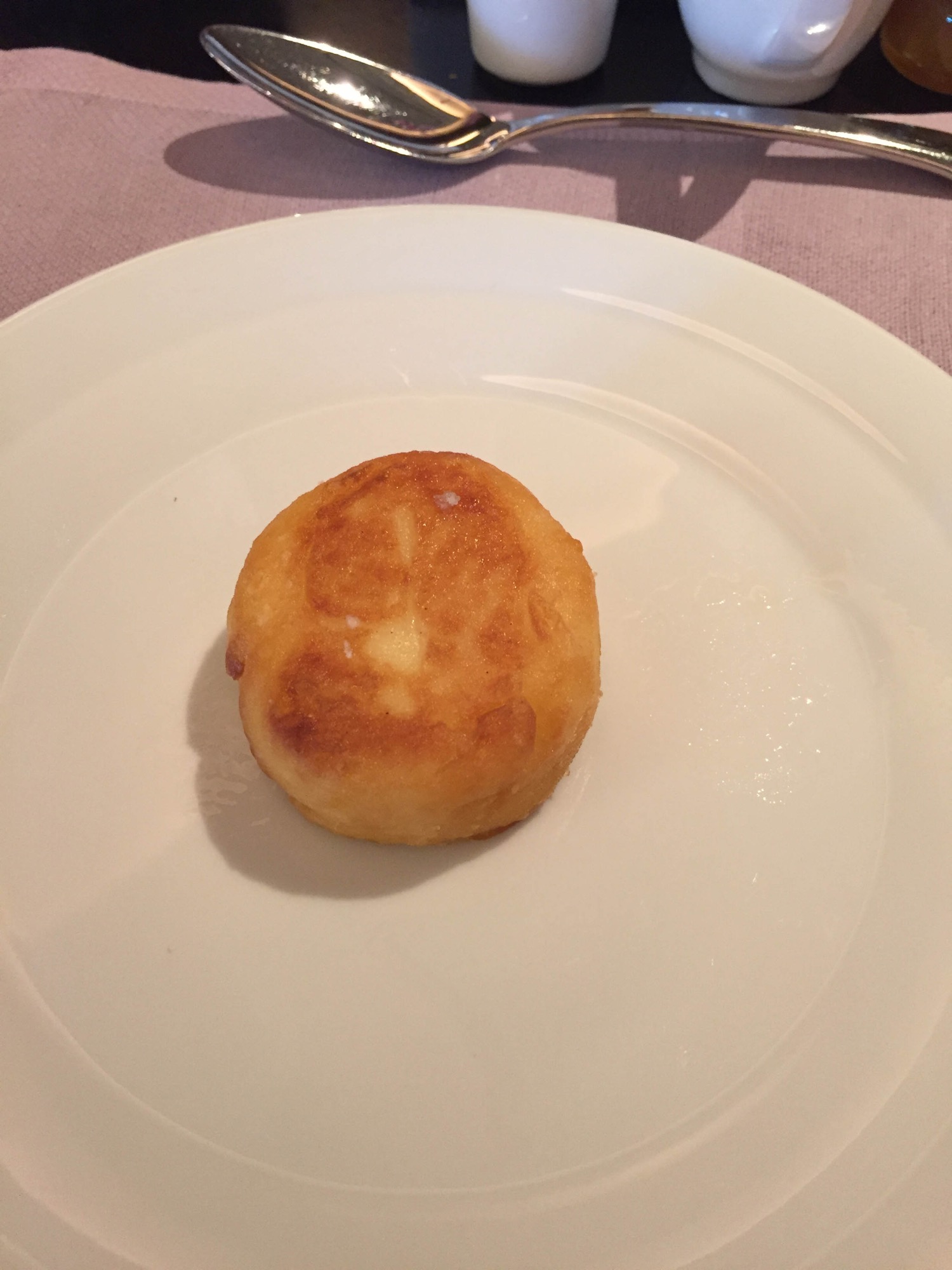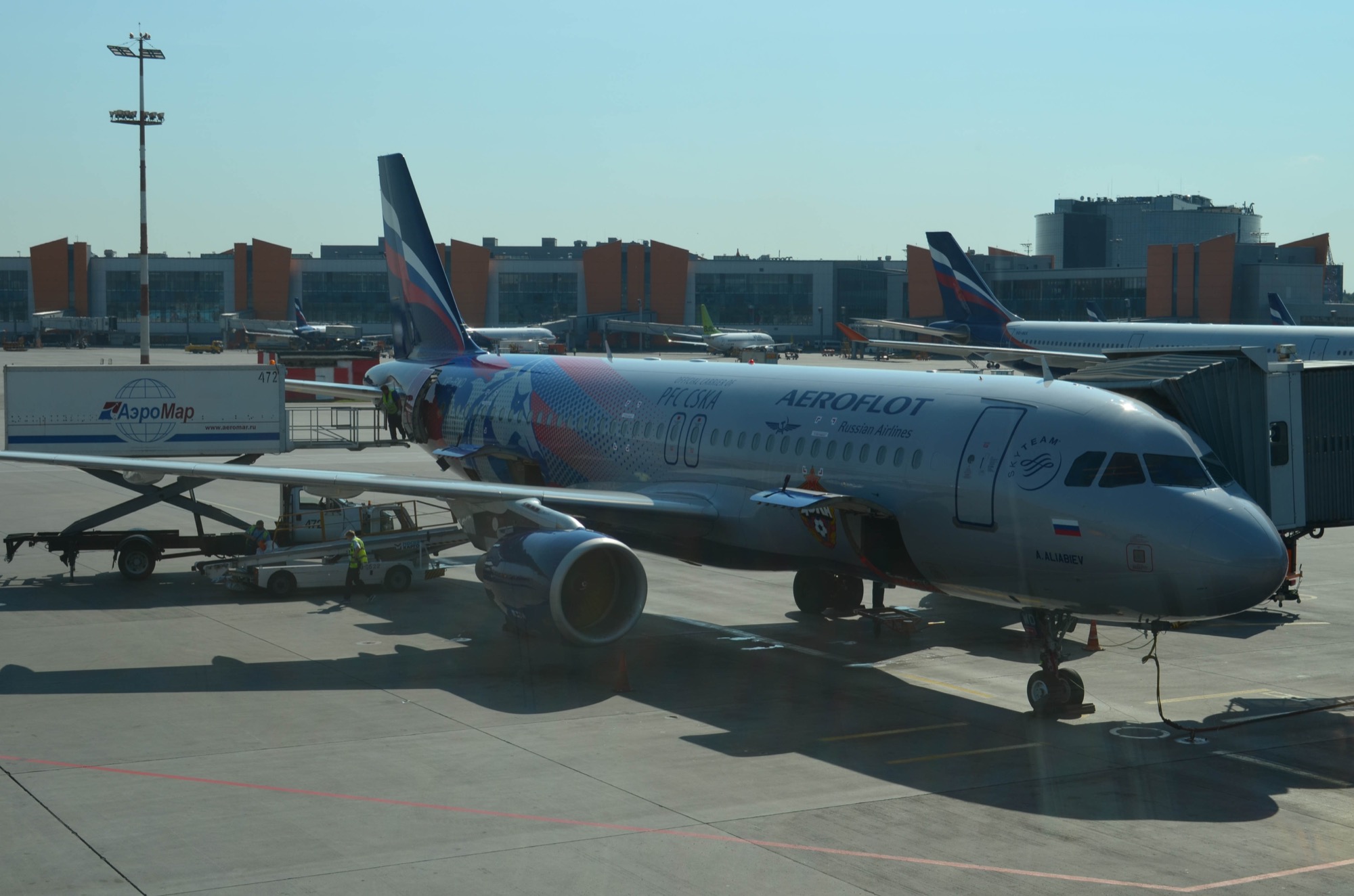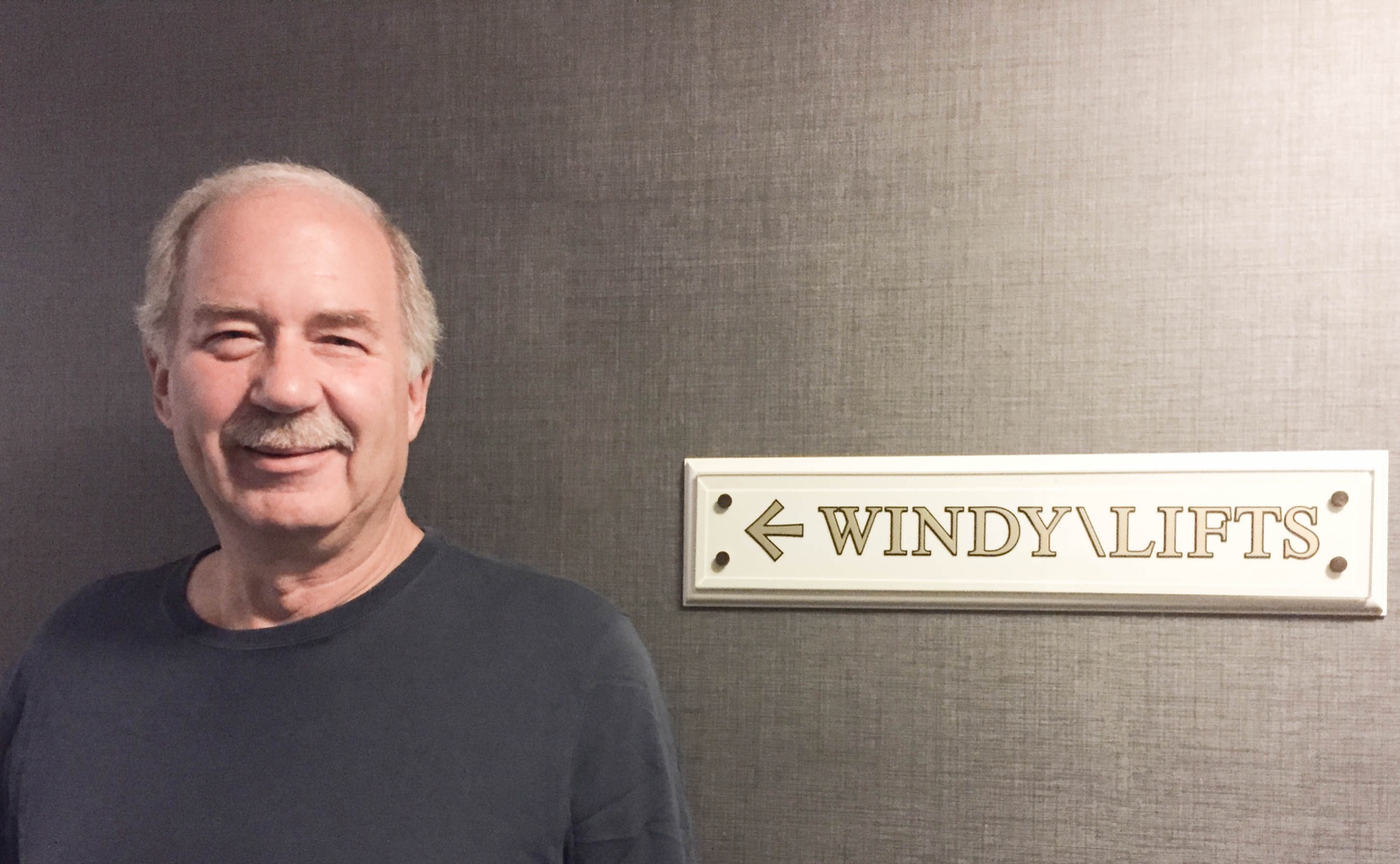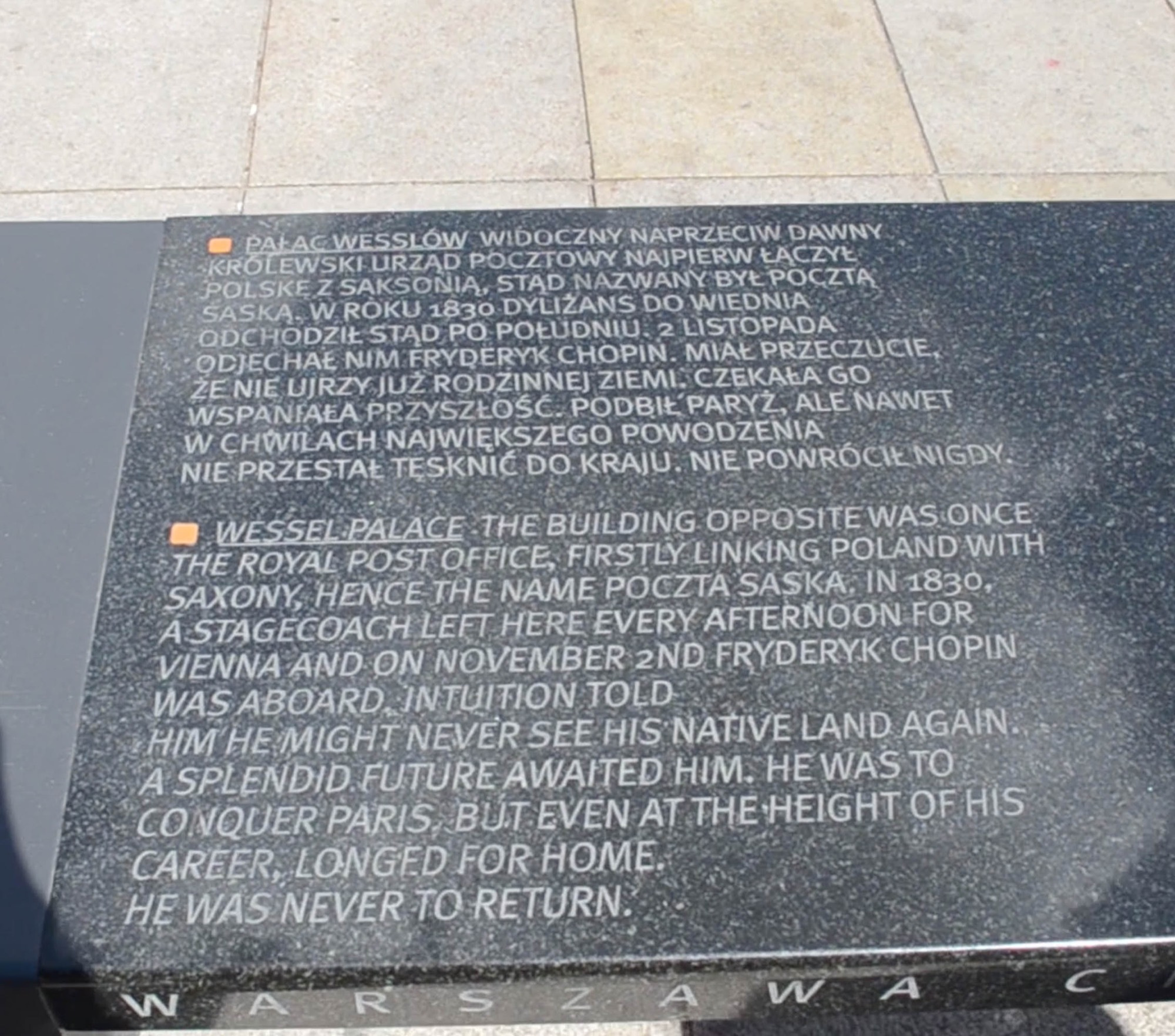Cathedral of the Annunciation
The Cathedral of the Annunciation served as the personal chapel for the tsars and the Russian royal family until early in the twentieth century.
The current cathedral was built in 1489 on the ruins of several previous cathedrals that had occupied the same spot. Over the years the building has been modified, altered, added to, and renovated numerous times.
Perhaps the most interesting modification to the building was the addition of a porch for Tsar Ivan the Terrible to stand on during services. The church looked the other way when Ivan married the first three times, but when he married for the fourth time, they would no longer allow him to come into the church.
